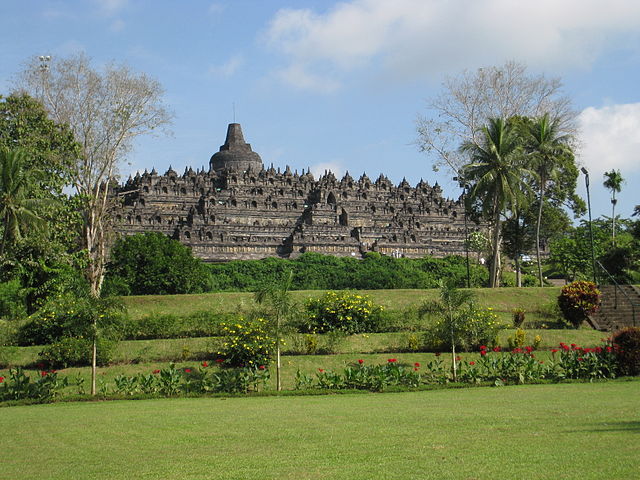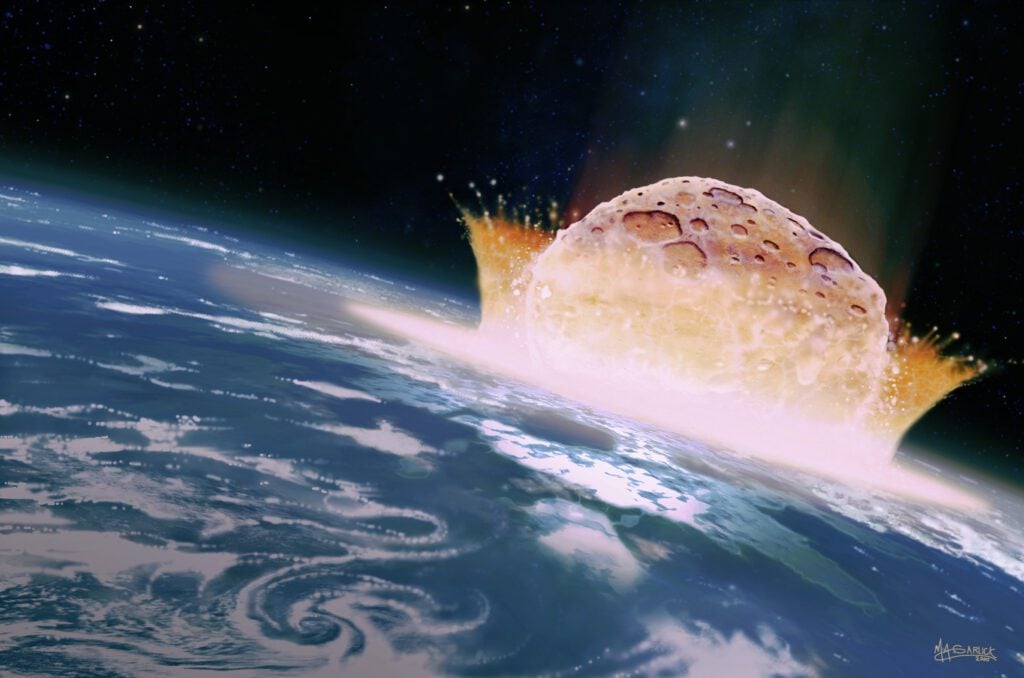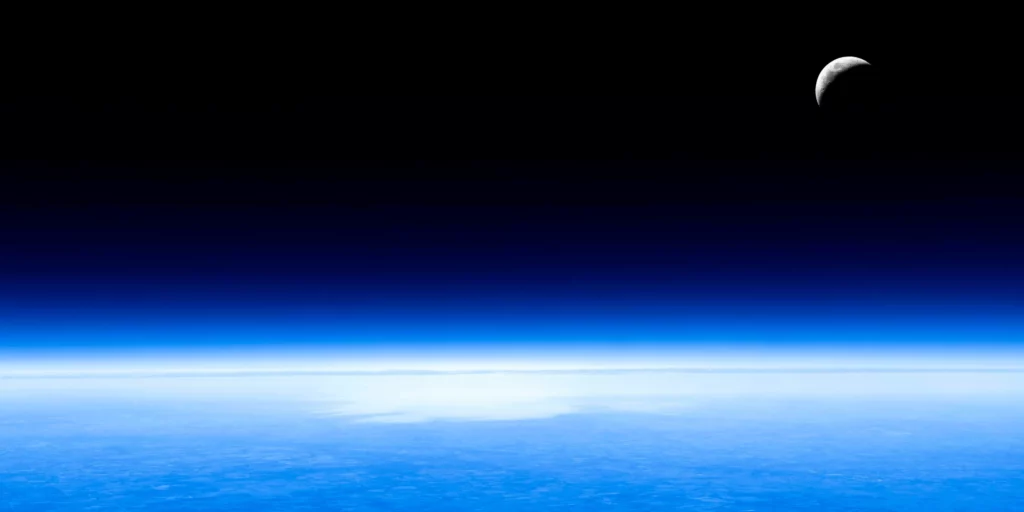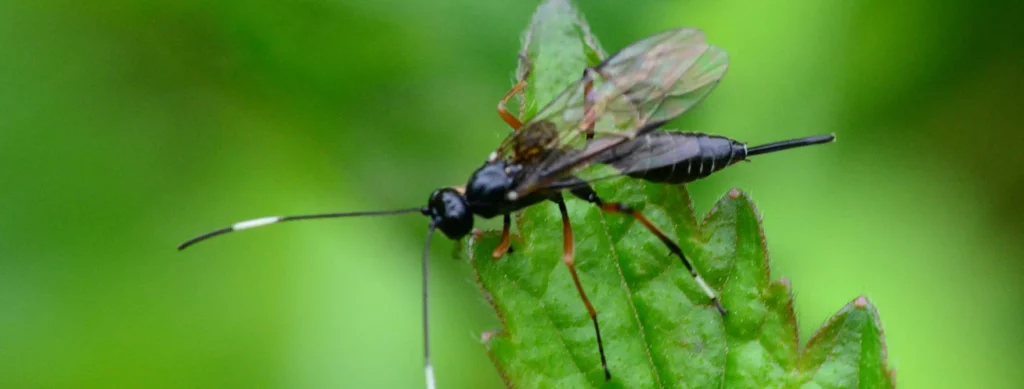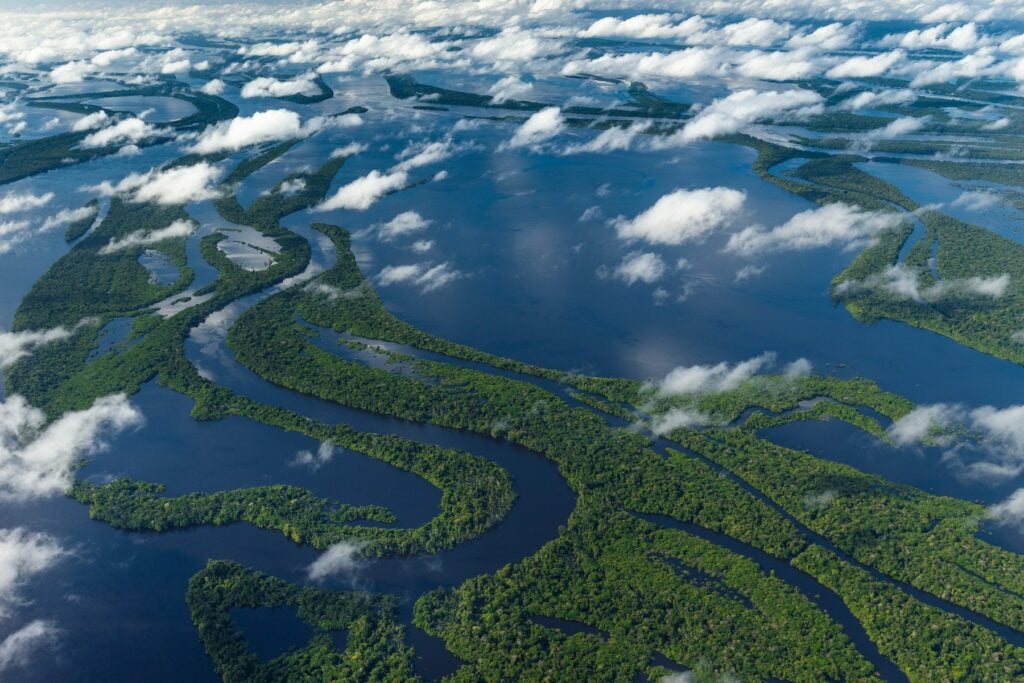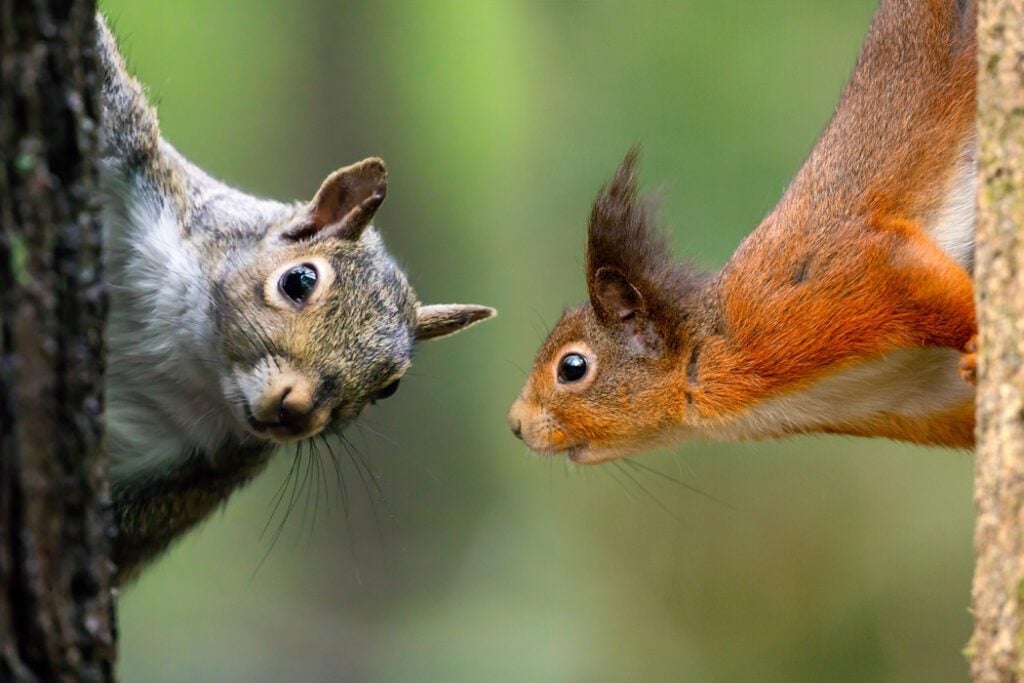The City of Srivijaya Ruled Indonesia and Most of Southeast Asia for Over Six Centuries but Disappeared without a Trace. Its Location was Recently Uncovered by Some Fishermen Who Found Golden Artifacts in Their Nets.
Srivijaya was a maritime and commercial kingdom that rose to fame in the 7th century. The city was mainly located in what we know as Indonesia today. They are known to be the first unified kingdom to dominate most of the Malay islands. But did you know it was considered a lost city? Srivijaya was […]
